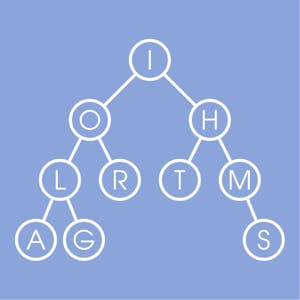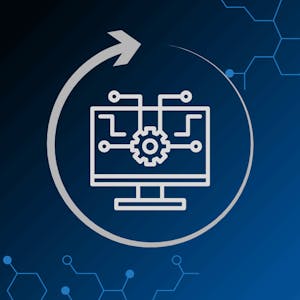Data Structures
About this Course
A good algorithm usually comes together with a set of good data structures that allow the algorithm to manipulate the data efficiently. In this online course, we consider the common data structures that are used in various computational problems. You will learn how these data structures are implemented in different programming languages and will practice implementing them in our programming assignments. This will help you to understand what is going on inside a particular built-in implementation of a data structure and what to expect from it. You will also learn typical use cases for these data structures. A few examples of questions that we are going to cover in this class are the following: 1. What is a good strategy of resizing a dynamic array? 2. How priority queues are implemented in C++, Java, and Python? 3. How to implement a hash table so that the amortized running time of all operations is O(1) on average? 4. What are good strategies to keep a binary tree balanced? You will also learn how services like Dropbox manage to upload some large files instantly and to save a lot of storage space!Created by: University of California San Diego

Related Online Courses
By the end of the specialization, you will be able to:\\n\\nApply creative thinking to a variety of workplace situations and challenges. Decide between various alternatives, determining which is... more
The rise of emerging economies is bringing significant changes in the marketing practice. The traditional notion of extending products and services designed for advanced economies is no longer as... more
Data visualization is a critical skill for anyone that routinely using quantitative data in his or her work - which is to say that data visualization is a tool that almost every worker needs today.... more
Rust For DevOps is an intermediate level course for software engineers, system administrators, and technical professionals looking to apply DevOps principles using Rust. This course is for you if... more
This Specialization explains high level patterns used in Microservice architectures and the motivation to move towards these architectures and away from monolithic development of applications.... more








